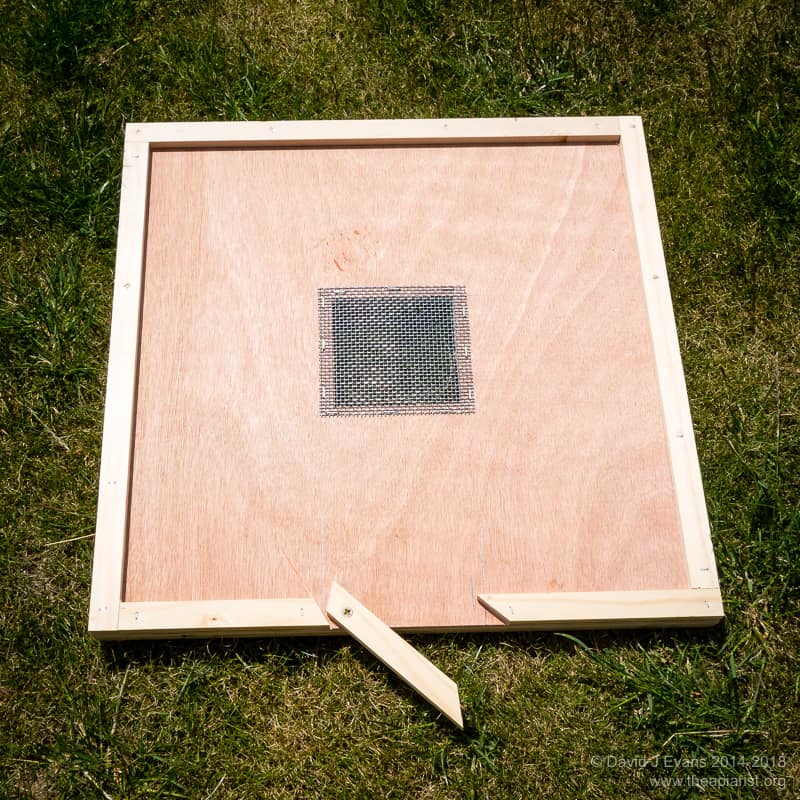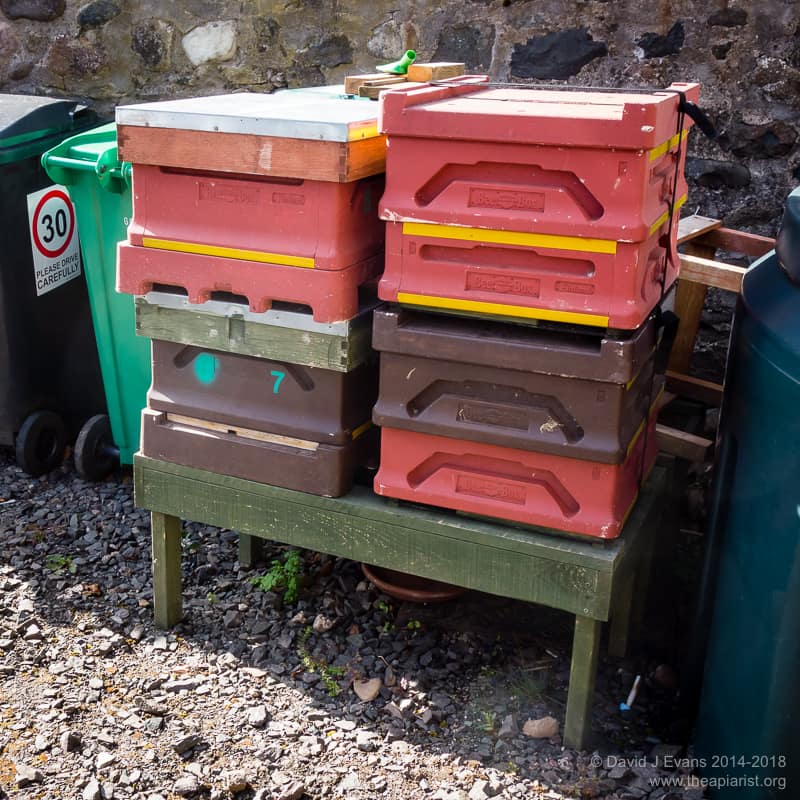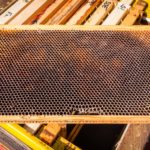A late start ...
After a couple of false alarms, the season finally feels like it’s about to start, with temperatures predicted to be consistently into the (low) teens by this time next week. It’s been a punishing Spring as far as my beekeeping has been concerned with lots of queen failures due to poor mating success last year. I therefore need to expand my current stocks in time for the summer nectar flow – ever hopeful! – but am pretty-much resigned to not being able to exploit the oil seed rape (OSR) that is just about starting to flower in the fields nearest my out apiary (it’s already flowering well in other parts of the county – out of foraging range for my bees though).
Go forth and multiply
It’s not all doom and gloom though … colonies that are queenright are expanding well despite the weather. Those in the bee shed are doing particularly well, with part-filled supers (dandelion perhaps?) and colonies expanding up to a double brood box. As an aside, I’d estimate that these colonies are at least 2-3 weeks further advanced than those ‘outside’ … I’ll discuss this in more detail in a later post. Furthermore, the colonies that haven’t developed DLQ’s include some beautifully docile bees, very steady on the comb even when inspecting them in less than ideal conditions, of which we’ve had lots this Spring. With the expectation (or at least hope) of much better weather by the end of the month I’ll be setting up some vertical splits. This is an easy way of either requeening or making increase, involving a minimum of equipment and almost no interventions in terms of hive manipulations. This is queen rearing made easy … simply dividing a suitable colony and giving each half an opposing entrance, then turning the colony through 180° after 7 days. I’ve also sourced a couple of Snelgrove boards to try this year, but work commitments mean these will have to wait until later in the season as they need a little more attention than a simple split board.

Split board …
Covet thy neighbours bees … or at least catch his swarms
With the assumption that other strong colonies are at least as well advanced as mine I’ve also set out a number of bait hives. Each of these contains an old dark brood frame – importantly containing no stores or you just attract robbers – pushed against the back wall and several (6-9) foundationless frames. The top bar of the old brood frame gets a few drops of lemongrass oil (this stuff ‘eats’ poly hives, which is what my bait hives are made from, so make sure you keep it restricted to the wooden frame). Bait hives should also have solid floors and small entrances – so I cover the OMF with a few scraps of Correx. Finally, to save on equipment I also often use a simple square of heavy duty polythene sheeting as a crownboard.
- Old brood frame …
- Covered OMF … as bees prefer bait hives with solid floors
- Poly crownboard …
I set bait hives out every year, catching a few swarms that would otherwise disappear into the church tower, someones loft space or perish in a thunderstorm. It’s always a bit hit and miss in terms of the quality of bees that are attracted … of course, other than when I catch a swarm from my own colony 😉 The peak swarming season extends over the next 6-8 weeks and the bees are always useful, if only to act as willing recipients for queens raised next month when I’ll start grafting.

Bait hives …
New queens
Finally, I’ve ordered a couple of queens from a reputable (UK-based) queen breeder to improve the genetics of my stocks. One of my apiaries is in a region with predominantly black ‘native’-type bees in the area, and with local beekeepers keen to keep it that way. I’ll requeen colonies in this apiary with these queens – and in due course their daughters – to be both a good neighbour and to see whether these ‘native’ bees perform better than my Heinz (57 varieties) local mongrels.




Join the discussion ...